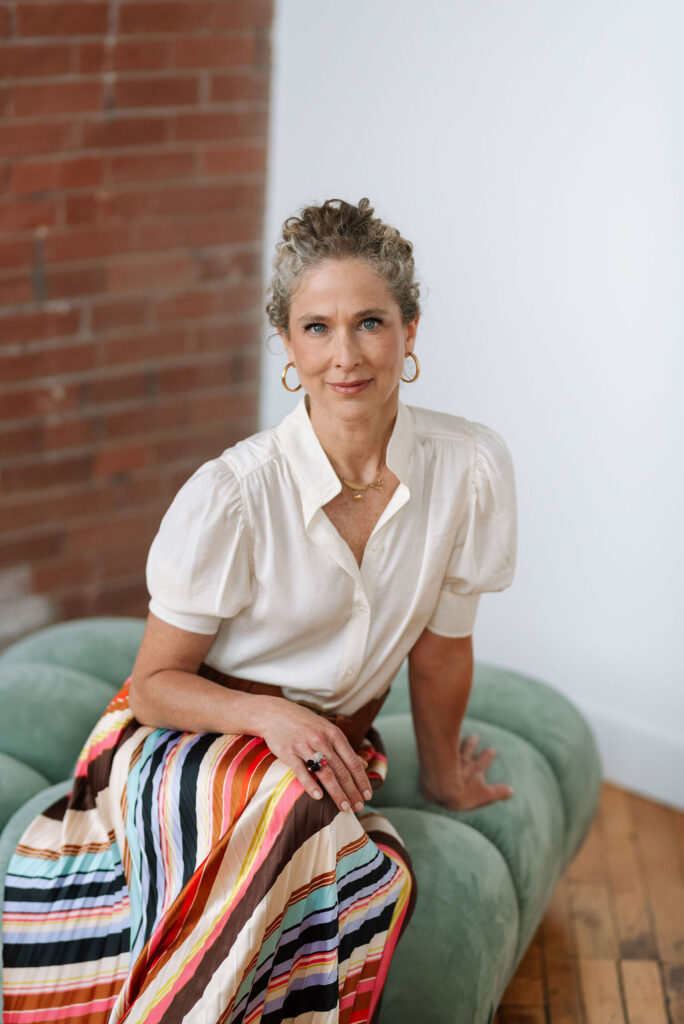Motion
Exercise after 40: A simple breakdown of what you should know and do.

Exercise defined.
Exercise is fundamental to human biology. The human machine was designed for physical activity, but in modern life, moving seems not to be an option, so we must make time and space to move and exercise.
But movement and exercise are not the same, yet both are required and have positive overall effects. Walking and gardening are great, but these activities belong to the movement realm: your physical body is active and in motion. The more, the better.
Exercise, on the flip side, requires (1) pushing the body beyond the comfort zone. (2) Doing it repeatedly and consistently. (3) Breaking a sweat product of the activity. (4) Feeling your heart pumping harder and getting short of breath.
For decades, exercise has been related predominantly to heart health, but studies show the immediate impact of exercise on brain health, mood and performance, as well as on the reverse of some conditions like insulin resistance, and hormonal balance.
Exercise’s main response is stronger blood flow: this is the on/off button of your system’s activation. Every function of the body and the brain ignites, allowing for all internal processes to work, flush, rebalance and cleanse, and even for some fat to be burnt. But this all starts by activating your muscles!
Muscles, what are they?
The skeletal muscle is the largest organ in the body, and we have voluntary control over it. Primarily, this organ has been characterized by its mechanical activity required for posture, movement, and breathing, which depends on the muscle fibre to contract. However, skeletal muscle is not just a component in our locomotor system but has been identified as a secretory organ. In simple words, this means that skeletal muscle produces and releases substances that communicate with every other organ in your body such as the adipose tissue, liver, pancreas, bones, and brain.
The key is that many of these “molecules” produced by the skeletal muscle are dependent upon contraction of the fibre, in other words, muscles can only become efficient in doing their job when activated through … you got it, exercise. Since muscles have a direct effect on metabolism, blood flow, waste elimination and keeping our nervous system balanced, a sedentary life may cause muscles to lose the ability to grow and decreases the capacity of such organs to recognize and utilize the protein.
In modern days, muscle growth is not as easy as it used to be for our ancestors, it is not part of our daily lives, anymore. We are not worried about survival or starvation; we are worried about gas prices and inflation. So think about muscles as free medicine for the body (when activated), because the quality of our life is in direct correlation to the quality of our muscles.
Stress the legs.
Never skip a leg day. The strength of your legs has a direct correlation with long-term health and brain health. The legs have the larger muscle groups, they hold us up and allow us to move. Prioritize lower body resistance and strength training, by including exercises that work your leg muscles. A great strategy is to start building some squats and calf raises along your day, while the coffee brews, when on a phone call or watching TV.
We have created a narrative that stress is bad, but some form of stress is not only good but required for thriving and improving. In terms of exercise, stress is the force acting over your skeletal muscles. Stress delivers progressive adaptation and growth; it pushes you from point A to point B. Too much stress creates strain (we do not want strain), but walking away from stress creates stagnation, and in the case of muscles, it creates a loss. Stress your skeletal muscles to stimulate adaptation to the natural challenges of aging. It will be uncomfortable, but it will make you more resilient.
Muscle gain is the name of the game.
Whether your objective is to lose weight, improve your metabolism, navigate through menopause or andropause, reverse insulin resistance or simply increase strength, make it your goal to gain muscle mass.
Exercise requires effort and it is non-negotiable. It may be uncomfortable at times, but it will always be rewarding after completion. Always, measure your success on how you feel AFTER you exercise and track your progress along the way.
Start where you can succeed, habit building is more important than heroic behaviours. If you need to restart after a long time without exercising, think about what you used to like years ago. Maybe if you use to like swimming, go back to the water. Do you walk? Bring in the “lamp post” challenge (brisk walk from lamppost 1 to 2, recovery walk between posts 2 and 3, and go on, count your sets and in time, increase your stress on the power walks and/or the number of lampposts you cover).
It is suggested a minimum of 150 minutes of exercise per week, broken down into 5 days. Make sure to include 30-minute resistance training twice a week. Explore some HIIT workouts two other days (3 sets of 7 minutes); this method is extremely time efficient. And do a 30-minute lamp post walk on day 5. Done!
Plan for early morning and set the tone for the rest of your day. The feel-good hormones activate during and after a workout, never before. This is why motivation will not take you far. Plan it: know precisely what you are going to do, and leave the clothes, water and equipment prepped. Do it: don’t think about it. Check it off: every day and enjoy the feel-good hormones. Measure your success: once a week. Track your progress: once a month.
“We don’t stop exercising because we grow old, we grow old because we stop exercising”. Dr. Paul Taylor.
Stay active,
Rosana




